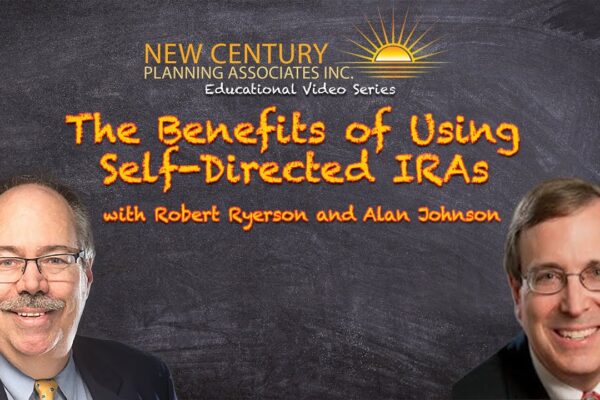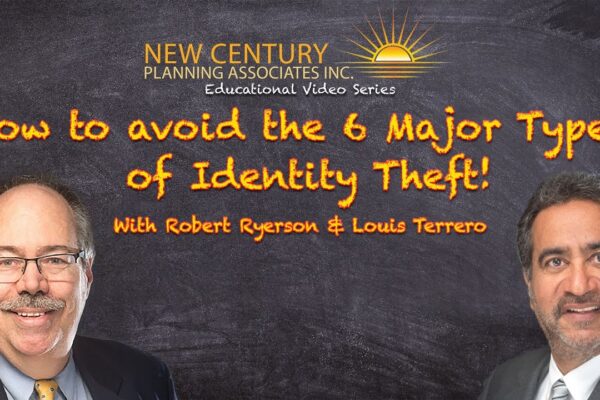What You Need to Know about Retirement Planning Options
Even if you are young and not currently thinking about retirement planning, know that you should be. Research shows that the earlier you can start saving for your retirement, the better off you will be and the more likely it is that you will meet or exceed your retirement savings goals.
There are several different types of retirement savings accounts, some sponsored by employers and some you can open on your own. Your best chance to meet your savings goals is to take advantage of these accounts.
If you haven’t yet started to think about retirement, here is a brief look at some of the common types of retirement accounts:
401(k)s: The Most Popular Option
401(k) plans and their equivalents, 403(b)s and 457(b)s, are some of the most popular retirement options out there. Most commonly, 401(k)s are offered through an employer. These types of accounts allow you to contribute a portion of your paycheck pre-tax in order to save for your retirement.
The pre-tax contributions may also enable you to lower your taxable income during your working years. You won’t pay taxes on those contributions until you begin taking withdrawals in retirement. But be careful: if you take any withdrawals on your 401(k) before you reach age 59 1/2, you may be subject to a 10 percent penalty along with federal and state income taxes.
Another common benefit of 401(k) plans is employer matching of contributions. Employers often offer employees a matching contribution, sometimes as high as 6 percent. That means any employee taking part in a 401(k) option that allows employer contributions should try to at least contribute up to the match. The matching employer contributions essentially amount to free money added to your retirement savings, a true advantage.
However, some employer contributions require ‘vesting’ for a certain number of years. What this means is that any contributions added to your retirement account by your employer through a matching contribution program can’t be taken with you if you leave the company prior to the stipulated time period. Your own contributions are always yours, however.
There are many different types of 401(k) accounts, including 403(b)s offered to nonprofit workers and educators and 457(b) plans offered to government employees. Self-employed individuals can also contribute to a 401(k) with the Solo 401(k), providing them with the benefits of this type of retirement savings account without needing it offered through an employer.
 IRAs: An Additional Retirement Option
IRAs: An Additional Retirement Option
An IRA, or individual retirement account, is another common option. It is popular among those who do not have access to an employer-sponsored 401(k) plan or those who have maxed out 401(k) contributions and are looking for an additional option. There are two primary types of IRAs: traditional and Roth. A traditional IRA allows you to contribute funds pre-tax, helping you lower your taxable income during the year (as long as you don’t also have a 401(k) account).
Roth IRAs allow you to make contributions with after-tax income, but in retirement, any distributions you take are not taxed. This can be beneficial if you expect to make more money (and therefore end up in a higher tax bracket) during retirement. The Roth IRA can serve as a steady non-taxed source of income during retirement. You can also take early withdrawals from your Roth IRA without a penalty, instead of needing to wait until you reach the appropriate age.
It is possible to have both a traditional and Roth IRA at the same time, so long as you don’t exceed the contribution limits of $6,000 dollars annually between the two. Either IRA plan, traditional or Roth, allows you the opportunity to invest in a variety of different options, like bonds, stocks, mutual funds, and ETFs. You can manage these investments yourself or hire a financial planner to help you manage those investment options.
Start Saving Today
Whichever type of plan you decide to use, success in saving for your retirement depends on getting started as soon as possible. If you aren’t already saving for your retirement, you should start as soon as possible. Check with your employer to see if there are retirement savings benefits offered through your company and look into other options (like IRAs) if your employer does not offer any type of retirement plan.
Self-employed individuals also have options for retirement savings, like Solo 401(k) or SIMPLE IRA plans. So, don’t feel you can’t start saving for your later years just because you don’t have a traditional 9 to 5 job.
There are also a number of options available outside the 401(k)s and IRAs if these don’t work for you. Some of those other options include cash balance pension plans (which allow you to save large amounts of money for retirement, upwards of $100,000 a year), non-qualified annuities, and even health savings accounts. Choose a plan that works for your needs and get started saving for retirement today!
Author
Robert Ryerson
Although Robert M. Ryerson completed all the necessary requirements to earn bachelor of arts degrees in both English and economics at Rutgers University, college policy at the time prohibited the issuance of dual degrees. As a result, he graduated from Rutgers with a single bachelor of arts in economics before finding employment as a stockbroker with Shearson Lehman American Express in New York City 1984. Robert M. Ryerson has since established himself as a respected estate administrator and legacy planner. In addition to his economics degree from Rutgers, Mr. Ryerson holds several professional designations including Retirement Income Certified Professional (RICP)®; Certified In Long Term Care (CLTC)®; Certified Financial Fiduciary (CFF)®, and Certified Identity Theft Risk Magenament Specialist (CITRMS)®. He has shared his knowledge on the subject of identity theft as the author of the book What’s The Deal With Identity Theft?: A Plain-English Look at Our Fastest Growing Crime. He has also covered identity theft issues directly for students as the instructor of the adult education course Understanding Identity Theft: Our Fastest Growing Crime.






